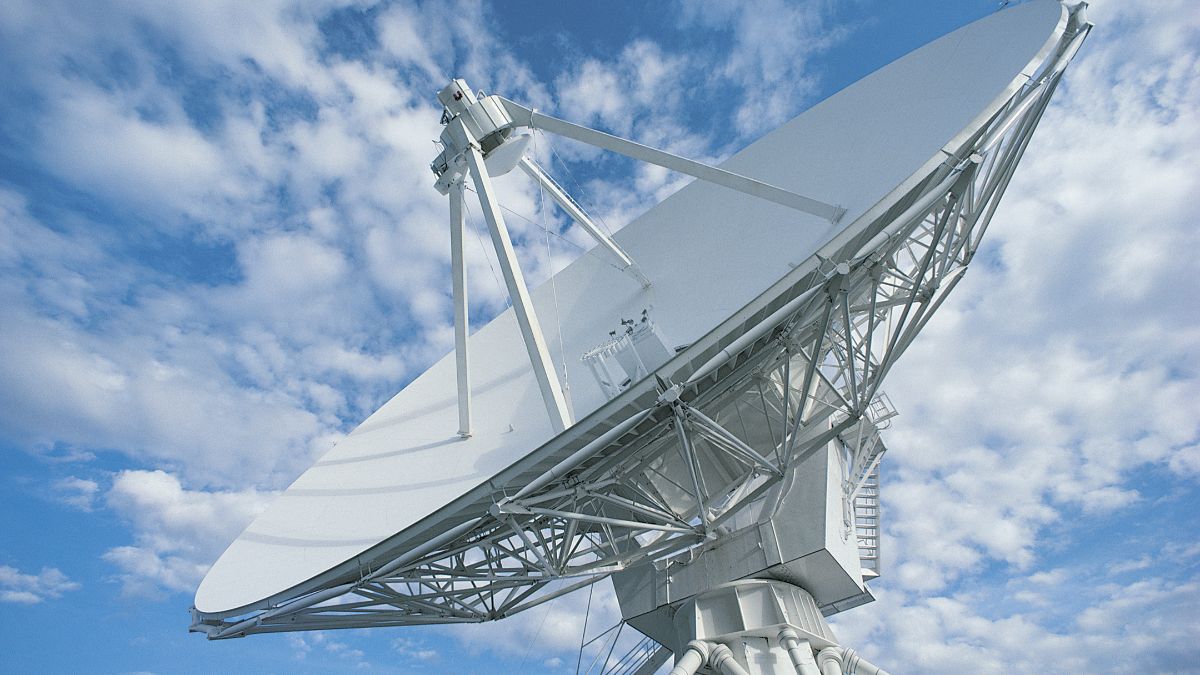Satellite Networks and Emergency Response: Lifelines in Times of Crisis
Category : Telecommunication Industry | Sub Category : Telecommunication Industry Posted on 2025-06-25 16:07:18

When
disaster strikes, communication is everything. Whether it’s a wildfire cutting
off phone lines, a cyclone damaging cell towers, or an earthquake disrupting
power grids, traditional communication infrastructure is often the first to
fail, right when it's needed most. In these moments, satellite networks step in
as critical lifelines, enabling emergency response teams to coordinate rescue
efforts, deliver aid, and reconnect communities. As climate-related disasters
increase in frequency and severity, the role of satellite networks in emergency
response has never been more vital.
Unlike
terrestrial communication systems, satellite networks operate independently of
ground-based infrastructure. This allows them to provide reliable coverage even
in remote or devastated areas. With the ability to beam signals from space
directly to satellite phones, internet terminals, and data relays, these
systems ensure that first responders and relief organizations stay connected
when other networks go dark.
During
large-scale emergencies, satellite communications enable real-time coordination
between local authorities, national governments, and international aid
organizations. Emergency services can quickly transmit data, share maps, access
weather updates, and receive instructions, all of which are crucial in
fast-moving crisis environments. Satellite imagery also plays a major role,
helping teams assess damage, locate survivors, and plan logistics with
precision.
Advancements
in satellite technology, including low-Earth orbit (LEO) constellations, have
further improved response capabilities. These newer satellites offer faster
connections, lower latency, and broader bandwidth, making it easier to support
voice, video, and data simultaneously. This is especially important in
high-stress situations where clear, uninterrupted communication can mean the
difference between life and death.
In
addition to immediate response, satellite networks are instrumental in
long-term recovery and preparedness. They help restore internet and
communication services, support telemedicine and remote education in affected
areas, and provide valuable data for early warning systems and disaster risk
assessments.
In
conclusion, satellite networks are more than just high-tech infrastructure;
they are lifelines in times of crisis. By ensuring communication continuity,
enabling coordination, and delivering critical data, they empower emergency
responders to act quickly and effectively when every second counts. As global
challenges grow, so too must our reliance on resilient, reliable satellite
communication to safeguard lives and support recovery.
Visit our website
https://www.nextgwireless.net
#SatelliteInternet #Internet
#InternetConnection #InternetConnectivity #NextelleWireless
Search
Categories
Recent News
- Smartphone Technical Features: Enhancing the User Experience
- Smartphone Technical Features: Enhancing the User Experience
- Google Android Software: Powering the Mobile Revolution
- The Future of Apple Operating System
- Cameras in Smartphones
- Emerging 5G Networks and Their Significance
- Smart Phones and Society
- 3G, 4G, and 5G Wireless: An Evolution in Connectivity